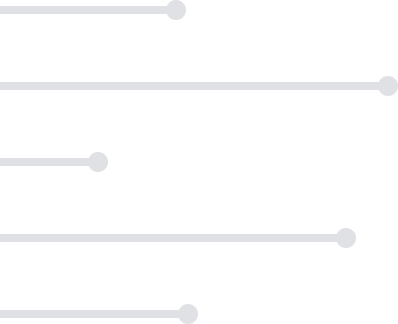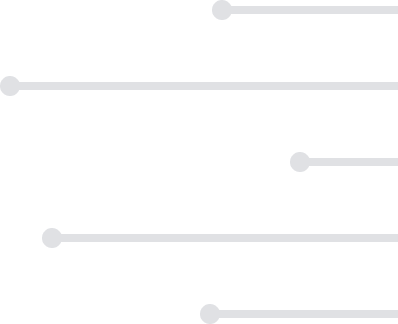
$79
Plus membership
3 Credits
All courses include:
eTextbooks
2 to 3-day turnaround for grading
Multiple chances to improve your grade
On-demand tutoring & writing center
Student support 7 days a week
$79
Plus membership
3 Credits
All courses include:
eTextbooks
2 to 3-day turnaround for grading
Multiple chances to improve your grade
On-demand tutoring & writing center
Student support 7 days a week
United States History I
$79
Plus membership
3 Credits
About This Course
ACE Approved 2025
Our United States History I online course focuses on the characteristics of societies existing in the Americas prior to 1877.
What You'll Learn
Apply historical research skills to major themes in American History to 1877
Detect the causes of European exploration and colonization in the New World and assess the impact of these activities on Europe, Africa, and the Americas.
Explain how political, religious, economic, and social institutions emerged in the American Colonies.
Specify the causes of the American Revolution and evaluate the impact of the Revolution on politics, the economy, and society.
Recognize how the institutions and practices of government evolved to create the foundation of the American political system.
Explain territorial expansion from 1801 to 1877 and assess its effects on relations with Native Americans and external powers.
Recognize how the Industrial Revolution and Western expansion changed the lives of Americans.
Specify the major causes and events of the Civil War and assess the impact of the war on the American people.
Summarize the sources and character of cultural, religious, and social reform movements in the antebellum period.
Explain how various Reconstruction plans succeeded or failed.
Analyze a primary source historical artifact and apply critical thinking to answer questions about its historical relevance.


Your Life, Your Schedule, Your Education
Transfer into over 3000+ institutions that accept ACE courses or transfer directly into 180+ partner schools.
request information
This course focuses on the characteristics of societies existing in the Americas prior to 1877. Students learn about pre-Columbian Indigenous societies and their impact on the social and cultural landscape of the Americas. In turn, this course examines the impact of European exploration and colonization of the "New World" on Europe, Africa, and the young United States. Students explore the transformation of the American landscape due to colonial competition among England, France, and Spain. In addition, this course discusses the development of colonies like Virginia and South Carolina as well as the evolution of the institution of slavery across the Thirteen Colonies. Specific causes of the American Revolution are examined as well as the emergence of the United States of America and the development of the Constitution and Bill of Rights. Moreover, the evolution of the American presidency is analyzed through the western and industrial expansion from the Jeffersonian era through Abraham Lincoln's presidency. Students also examine the causes and events of the Civil War, and they evaluate how Reconstruction plans succeeded or failed.
There are no prerequisites to take U.S. History I.
| Topic | Subtopics |
|---|---|
| Old and New Worlds Meet |
|
| Early Settlements |
|
| Living in Colonial America |
|
| Road to Revolution |
|
| The American Revolution |
|
| The Constitution |
|
| The New Republic |
|
| Jeffersonian Era |
|
| Jacksonian Era |
|
| Economic Revolution |
|
| The Old South |
|
| Antebellum Period |
|
| Build Up to War |
|
| The Civil War |
|
| Reconstruction |
|
Your score provides a percentage score and letter grade for each course. A passing percentage is 70% or higher.
Assignments for this course include:
- 4 Reflective Responses
- 2 Assignments
- 4 Graded Exams
The required eTextbook for this course is included with your course purchase at no additional cost.
Brinkley, Alan. The Unfinished Nation: A Concise History of the American People, 10th edition, McGraw-Hill, 2022. ISBN: 9781260726831
United States History I students also take:
Helpful resources:







